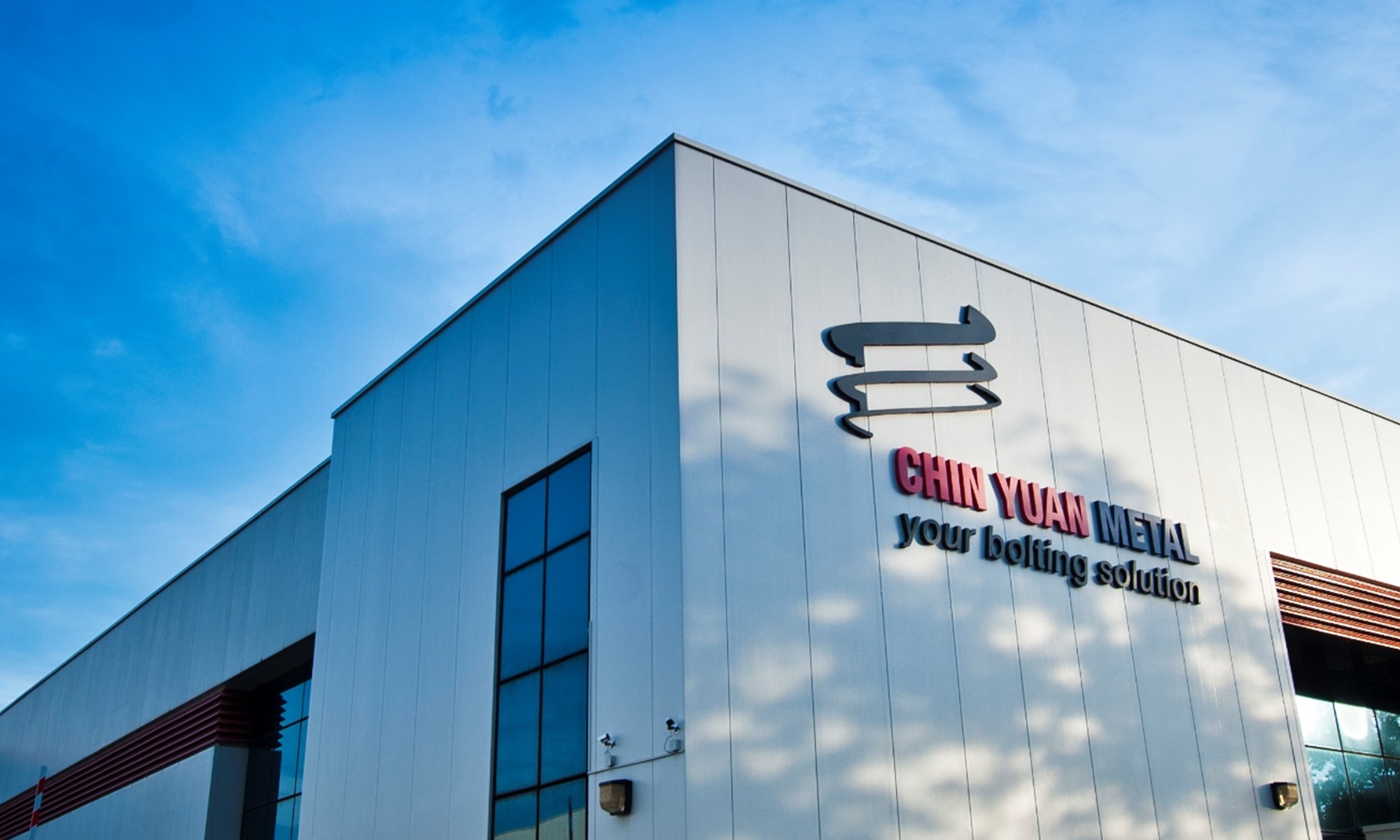Ferry Cap Screw And Its Role In Engineering
Bolts and screws are not merely simple, minute metals. They are a product of scientific precision, designed to secure components of every imaginable engineering product used in all industries today.
The ferry cap screw is one such engineering wonder, supporting industrial components and making sure these run accordingly and smoothly, avoiding critical mishaps that could imperil a whole gamut of operations.
The Anatomy Of A High-Quality Ferry Cap Screw
This special kind of screw is made up of only high-quality steel: alloy, stainless, and carbon. As such, it is also non-ferrous and can very well adapt to extreme conditions or use, such as high and low temperatures. The screw’s surface usually has a specialised phosphate and oil finish as well as a zinc plating. Thermal black oxide is also used for the surface.
Users of this screw have them custom-made according to their specific use. Each of these is subjected to strict testing after manufacture to ensure topnotch quality and performance all the way. It is also checked for accurate adherence to the required measurements, from its formed radius and head configurations to its flange, diameter, threading, and all other custom-made components.
Ferry Cap Screw And The World’s Industries
Several big industries rely on these custom-made screws for fastening and bolting, primarily because of its ensured reliability and consistent high quality. It is used in diesel engines, both on and off highway. The construction industry, oil and gas, and locomotive industry all use this screw for their needs, and so do the power generation sector, marine power, military, and agriculture.
These screws are therefore found in agricultural equipment, ferries and boats, trucks, windmills, heavy construction equipment, oil and gas facilities, trains, and many others.
These screws are excellent in ensuring that core operations such as heading, heat treating, straightening, fillet rolling, and grinding are carried out without hitch. They are also used in hot forging, thread and knurl rolling, prototyping, and secondary machining.
